I'd like to know how a USB to serial adapter (such as the FTDI FT232RL chip) works.
The way I think it does is the following:
Picture a system composed of a MCU, a USB to serial adapter and the PC host. The MCU communicates with the serial adapter using a serial protocol (such as TTL) through the UART interfaces of both the MCU and the adapter. The UART data is then translated to the USB interface on the chip by its internal hardware (and firmware since I'm assuming there is a MCU in these modules).
The USB interface (which is a CMC-AMS class) is identified by the PC and it loads the appropriate drives. What these CMC-AMS drivers do is create a virtual serial port, meaning the PC application communicates using a serial protocol and the driver makes the translation into the USB protocol for the communication between the USB interfaces of the PC and the adapter.
This is what I mean graphically:

Am I close to the actual answer?
